national parks
How Southern Africa’s Elephants Bounced Back
The sun is setting above the horizon in Hwange National Park in Zimbabwe, but it’s still 40°C (104°F). A large group of elephants has just arrived at a lagoon to refresh themselves and get their daily dose of water: Drink up 200 liters each, and they are good to go. They frolic a little in the water and then set off to search for leaves and grass in the parched savannah, only to be replaced by another herd with many young calves.
While most species’ populations are decreasing, elephants in southern Africa are doing well. A newly released study of 103 elephant populations from Tanzania southwards — the most comprehensive ever — finds that conservation has halted the decline of savannah elephants in southern Africa over the last 25 years. To be more precise, as of 2020, the elephant population had rebounded to the same number as in 1995: 290,000. The scientists found that large, well-protected areas connected to other protected areas are far better than isolated “fortress” parks at maintaining stable populations.
Even though these outer areas don’t have the same level of protection so animals face a higher risk of dying, they are vital corridors that allow the elephants to migrate back and forth when core areas are too crowded or when facing threats such as poaching or unsuitable environmental conditions.
The post How Southern Africa’s Elephants Bounced Back appeared first on Reasons to be Cheerful.
The Park Where Conservation and Indigenous Rights Go Hand in Hand
Cesar Lopez Tanchiva strolls through the tropical rainforest with a sure-footedness that comes with decades of experience. Despite his authoritative appearance — a prim, khaki uniform and tall, jade green boots — the 37-year-old grew up here in the jungle.
But since 2013, Tanchiva has taken on a new role as a state-sanctioned protector of his home, the Cordillera Azul, a densely forested national park in eastern Peru on the edge of the Amazon. He coordinates a team of 20 Indigenous rangers from the village of Yamino who patrol their community’s 112 square miles of protected land.
 Cesar Lopez Tanchiva. Credit: Peter Yeung
Cesar Lopez Tanchiva. Credit: Peter Yeung
“We have created a new kind of vigilance in our society,” says Tanchiva, whose team is equipped with GPS trackers, video cameras and drones to ward off against illegal loggers, miners and narcotraffickers in the territory. “We are able to use these new technologies as well as our knowledge that we have learned over many generations.”
This initiative in the Cordillera Azul — which is run by the Center for Conservation, Research and Management of Natural Areas (CIMA), a Peruvian nonprofit — is part of an effort to forge a new model of conservation that treats the well-being of local communities as a fundamental element of, and objective for, its long-term success.
Credit: Peter Yeung
Rangers in the Yamino community are combining new technology and knowledge passed down over generations to protect their land.
Created in 2001, the national park spans more than 5,000 square miles of land that is filled with great biodiversity — including 71 species of large mammals, 10 species of primates and 516 species of birds. It’s circled by a buffer zone that contains 300,000 people across 530 communities, many of whom are Indigenous.
So when CIMA was tasked by the government to manage the park, which has come under threat from illegal miners, loggers, and cartels cultivating coca leaves to make and export cocaine, it saw those communities as a help and not a hindrance.
“The Indigenous people living in the Cordillera Azul are our partners,” says Juan Batiston Flores Fabian, the regional coordinator for CIMA. “We are working towards the same goals as them: to protect and preserve this beautiful environment.”
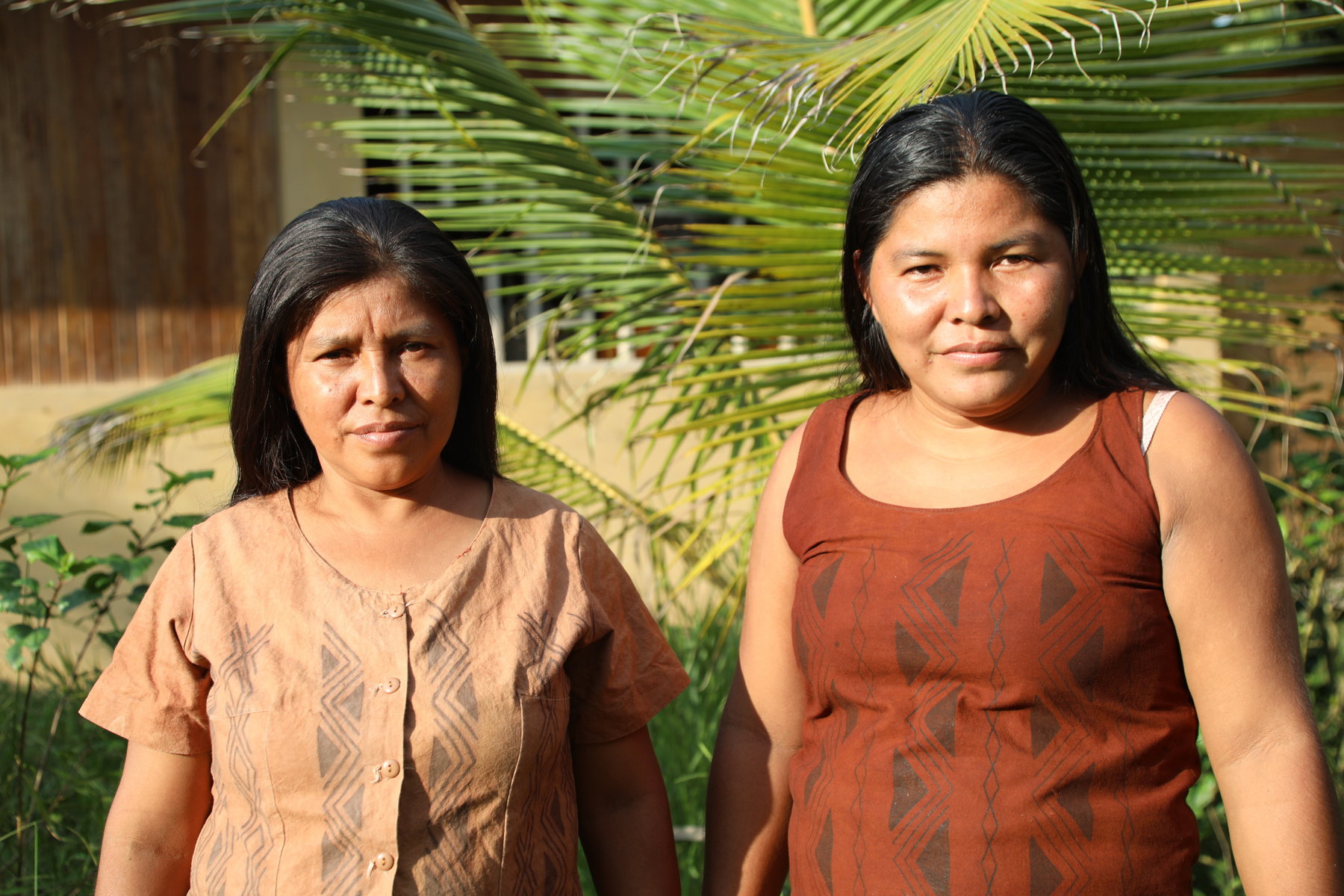 Yamino women wearing traditional Cacataibo clothes. Credit: Peter Yeung
Yamino women wearing traditional Cacataibo clothes. Credit: Peter Yeung
The project marks a breakaway from so-called “fortress conservation” — a model pioneered in the US and taken up by Western organizations across the world that envisions nature as separate from people, penalizing those living in and around it.
“There’s a dispute over its origins, but the best evidence suggests it is an American idea,” says Colin Luoma, a lecturer in law at London’s Brunel University and author of a book on fortress conservation. “It came from the creation of national parks, with the idea that they are pristine, unoccupied landscapes that must be kept peopleless.”


Become a sustaining member today!
Join the Reasons to be Cheerful community by supporting our nonprofit publication and giving what you can.
Luoma cites the early examples of Yellowstone and Yosemite national parks, whose establishment in the late 19th century led to the “forced expulsion” of native people. More recently, a slew of human rights abuses have been perpetrated by conservation groups in African parks. It’s a legacy that stretches far and wide: According to analysis published in 2020, over 250,000 people from 15 countries were forced from their homes in protected areas between 1990 and 2014, with one billion people affected by the conflicts.
“Fortress conservation became the dominant way that conservation organizations understood how to protect nature,” says Luoma.
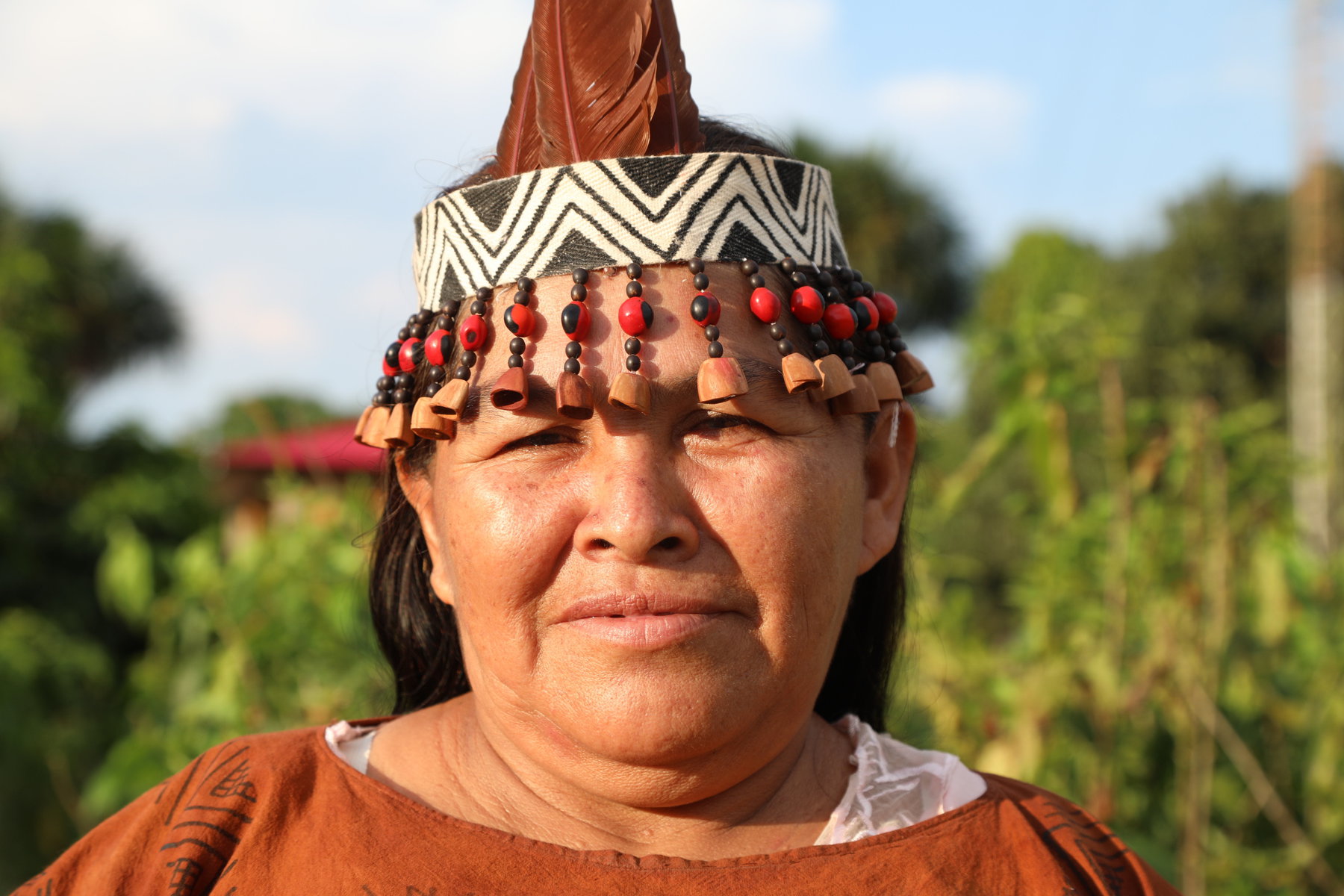 A traditional Cacataibo headdress. Credit: Peter Yeung
A traditional Cacataibo headdress. Credit: Peter Yeung
But in the Cordillera Azul, the conservation efforts are now working for, not against, Indigenous rights.
In 2008, after CIMA won a contract to run the national park, it began developing a quality of life plan for the local Cacataibo Indigenous tribe over the next five years, spanning economic, social, cultural, political and environmental objectives.
The wide-ranging targets included installing garbage cans in all homes, planting of fruit trees like lemon and mango for self-consumption and sale, the creation of an aquaculture-based fish farm, as well as encouraging the holding of democratic elections and maintaining the use of traditional clothing and cultural practices.
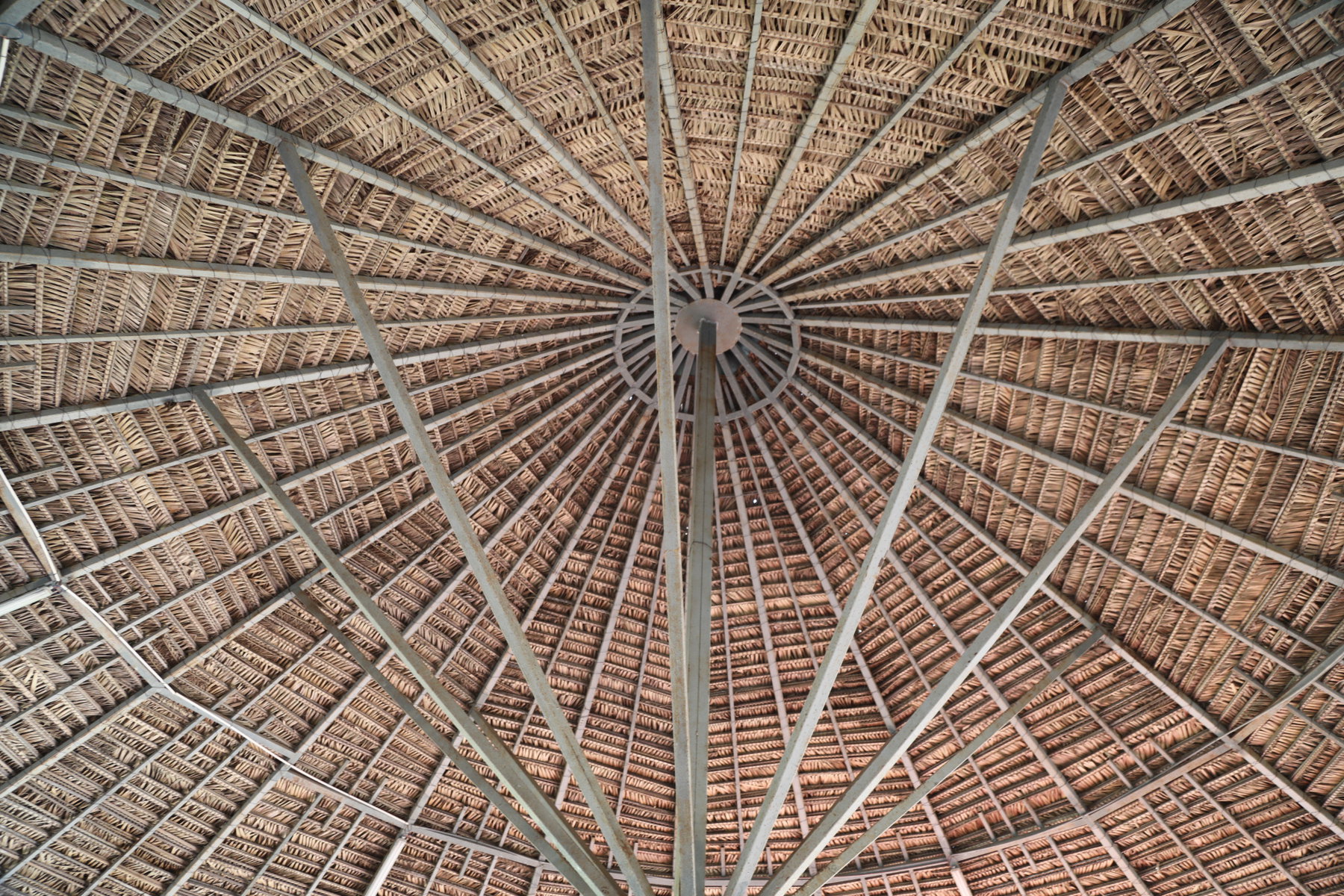 A traditional Cacataibo thatched roof. Credit: Peter Yeung
A traditional Cacataibo thatched roof. Credit: Peter Yeung
“The main goals were to improve the living conditions of the community and to stop deforestation in the area,” adds Batiston. “That is being achieved through sustainable management of land and of the natural resources. Both can be achieved together.”
Participatory mapping was carried out by CIMA and the Cacataibo to identify the exact boundaries of their land and to assess what resources could be sustainably cultivated by the roughly 60 Indigenous families in the community of Yamino.
Credit: Peter Yeung
The community is in the process of building ecotourism infrastructure, which will provide another stream of income.
Certain areas of the forest within the buffer zone are now dedicated to agroforestry-based cultivation of cacao and plantains, bringing in a steady income, while other areas are monitored and defended by the Indigenous forest rangers. Sometimes, the rangers still encounter coca growers, and are forced to report them to the police.
“Before, there were many cocaleras,” says Claudio Pérez Odicio, president of the community in Yamino and one of the main figures involved in the participatory mapping. “We have taken our land back over time. But the battle continues.”
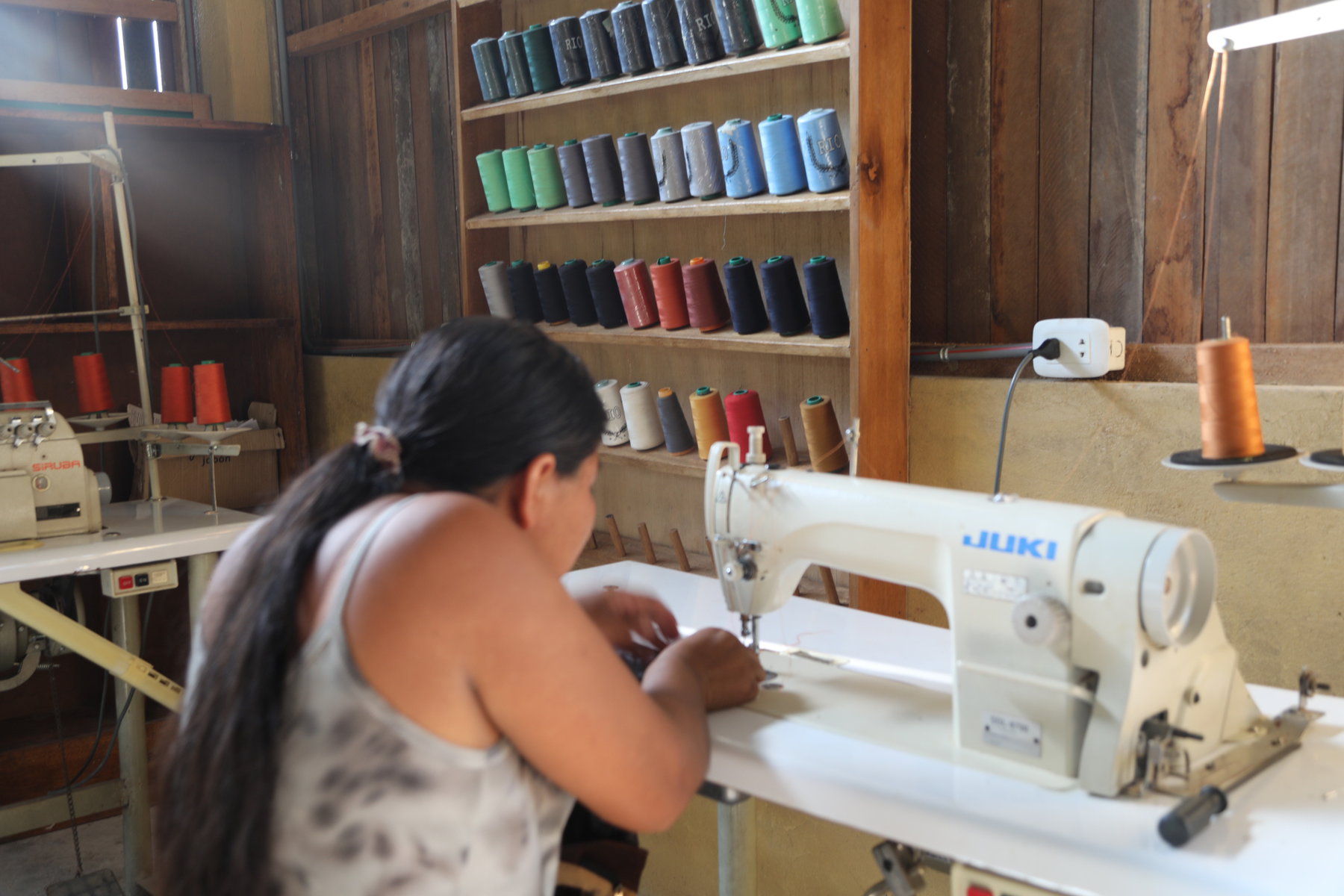 A woman artisan at work. Credit: Peter Yeung
A woman artisan at work. Credit: Peter Yeung
Beyond forest monitoring and agroforestry, the community is also in the process of building ecotourism infrastructure to provide another income stream and has also supported the women artisans to create traditional Cacataibo textiles.
“We learned from our mothers and grandmothers,” says Clementina Estrella Odicio, 41, who is a member of the Association of Artisan Mothers of Yamino. “They taught us the designs. We are happy to continue the tradition and to wear the same clothes.”
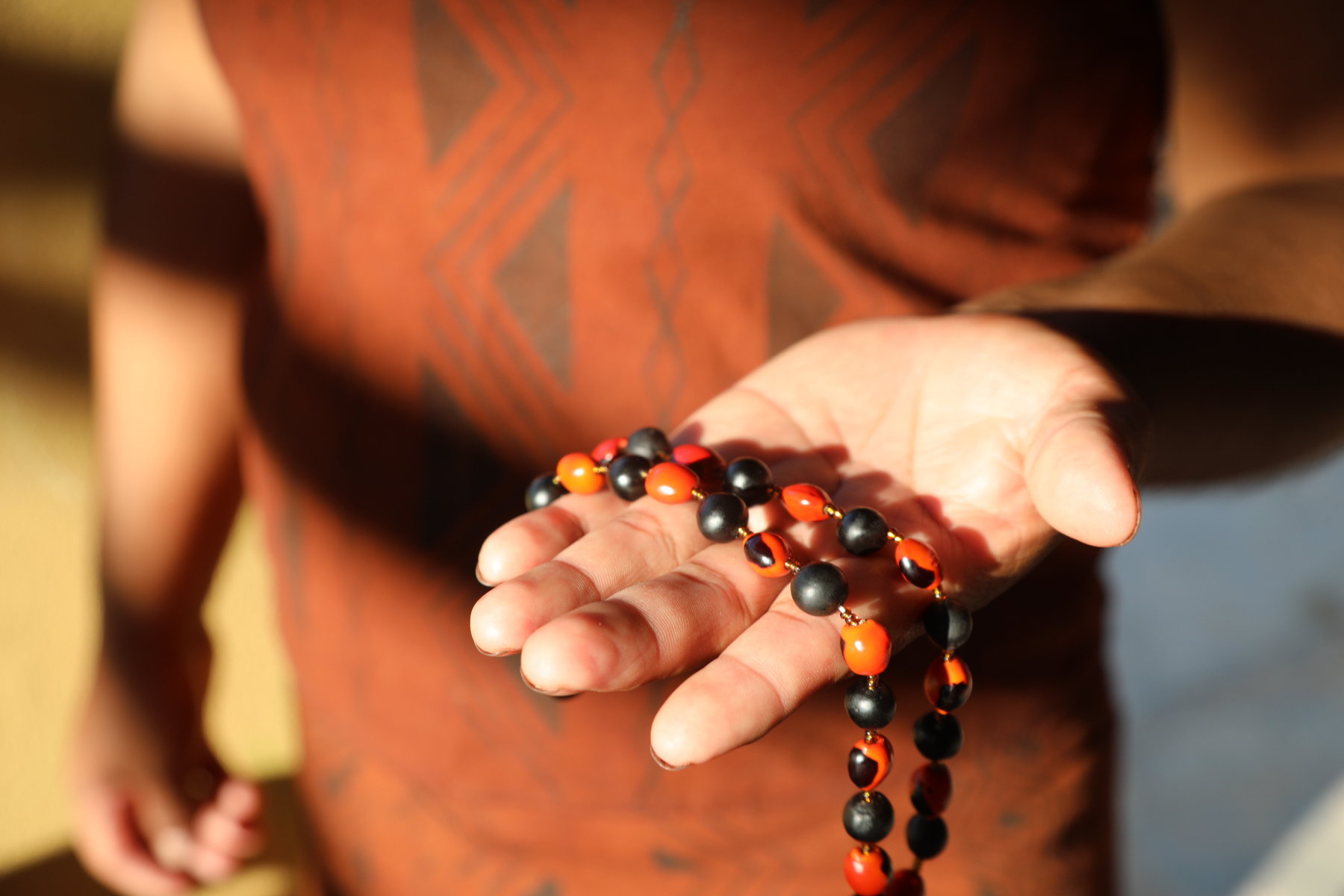 A necklace made from the bright red seeds of the huayruro plant. Credit: Peter Yeung
A necklace made from the bright red seeds of the huayruro plant. Credit: Peter Yeung
The association produces handmade cotton fabrics that have been dyed with the bark of mahogany trees and painted using mud from the forest with designs such as snake skin, rivers, hills and fish scales, depicting the Cacataibo’s Amazonian culture. The women also make jewelry with the bright red seeds of the huayruro plant (Ormosia amazonica).
In 2021, the community signed an agreement with the National Service of Natural Areas Protected by the State (Sernanp) to produce artisanal products sourced from the forest under an “Allies for Conservation” brand — as the products are now labeled — in order to raise awareness of the project and products and expand the size of the market.
Credit: Peter Yeung
“We learned from our mothers and grandmothers. We are happy to continue the tradition and to wear the same clothes.”
“We are learning how to manage our resources,” says Bellamira Perez, the former president and current treasurer of the women’s association. “That’s the objective for us. We don’t cut trees if we don’t have to. We only take what has already fallen.”
A huge breadth of research has shown the effectiveness of empowering Indigenous and local communities to protect and manage natural resources. The World Bank’s Independent Evaluation Group found that community-managed forests are more effective in reducing deforestation than standard protected areas, and that in Latin America, Indigenous areas are “almost twice as effective” as any other protection. Separate research published in April found secondary forest coverage on previously deforested lands in the Brazilian Amazon grew by five percent in Indigenous territories between 1986 and 2019 — 23 percent more growth than directly outside those areas.
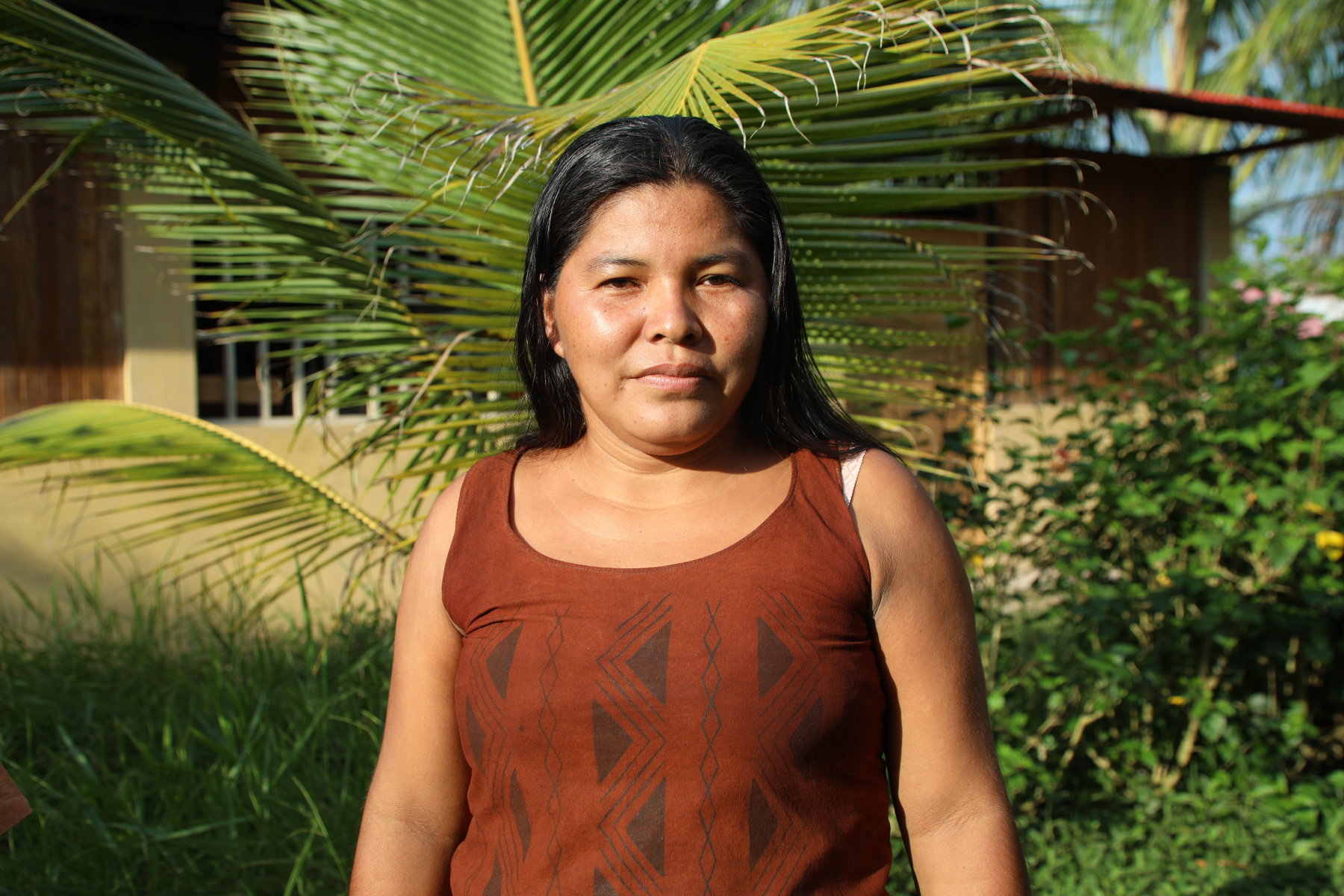 Bellamira Perez. Credit: Peter Yeung
Bellamira Perez. Credit: Peter Yeung
“There is less deforestation and biodiversity loss on Indigenous-owned lands,” says Luoma. “That’s a fact and the evidence to prove that is growing.”
Implementing an effective model to more broadly protect the world’s rainforests, which play a key role in maintaining the planet’s climatic balance, will be crucial as pressures ramp up. The tropics lost 4.1 million hectares in 2022, the equivalent of losing 11 football fields of forest per minute, a 10 percent rise compared with 2021.
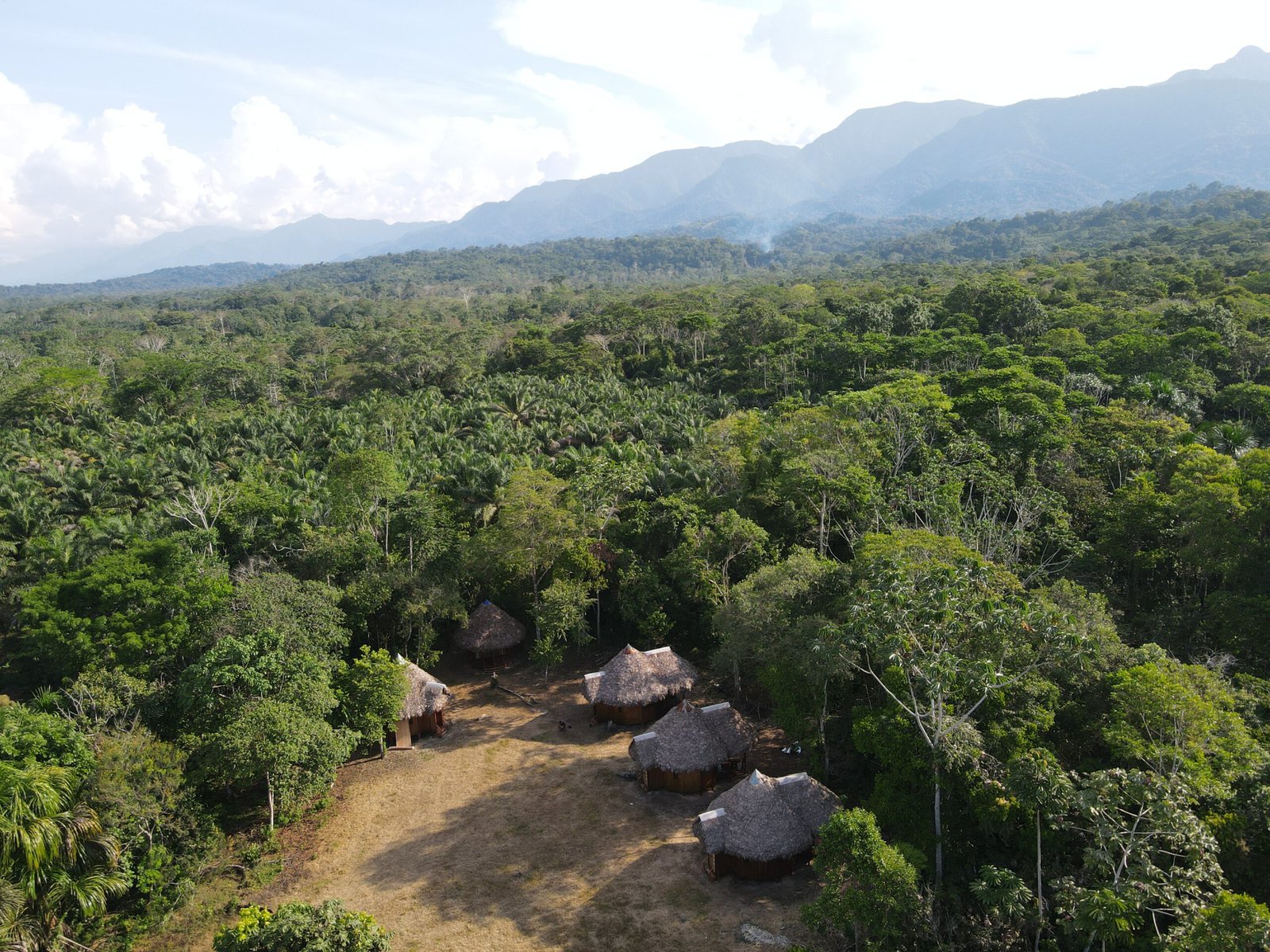 Ecotourism huts in the Yamino community. Credit: Peter Yeung
Ecotourism huts in the Yamino community. Credit: Peter Yeung
Peru, which is home to 55 Indigenous groups, contains the second-largest area of the Amazon rainforest, after only Brazil — covering nearly 60 percent of the country.
But Luoma warns that there is still a long way to go before the “rights-respecting” approach to conservation is properly implemented. Often agencies that are supposed to be working with local communities do what they think is best for nature, he argues, rather than genuinely taking into account the desires of those local communities.
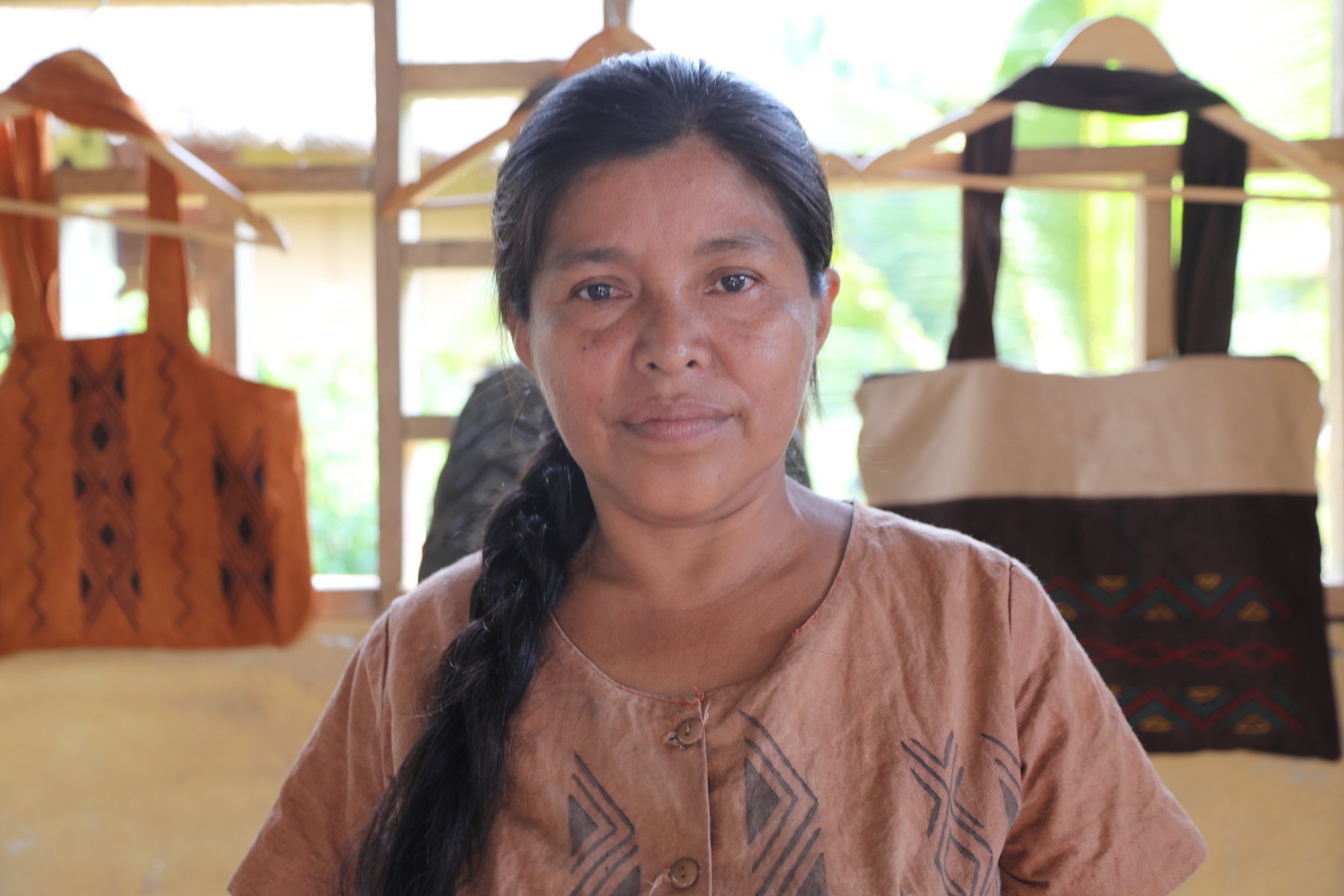 Clementina Estrella Odicio. Credit: Peter Yeung
Clementina Estrella Odicio. Credit: Peter Yeung
“The danger is that support for Indigenous communities becomes performative,” says Luoma. “And there’s the risk of a power differential between the organization and the community. In reality, Indigenous people must be leading the project.”
Yet in the Cordillera Azul, over two decades of efforts have built a solid foundation for an Indigenous-first model of conservation that has already borne many fruits.
“It interests me to conserve the forest,” says Clementina Estrella Odicio, who in 2020 also became the first female park ranger in the community. “I want to be involved.”
The post The Park Where Conservation and Indigenous Rights Go Hand in Hand appeared first on Reasons to be Cheerful.